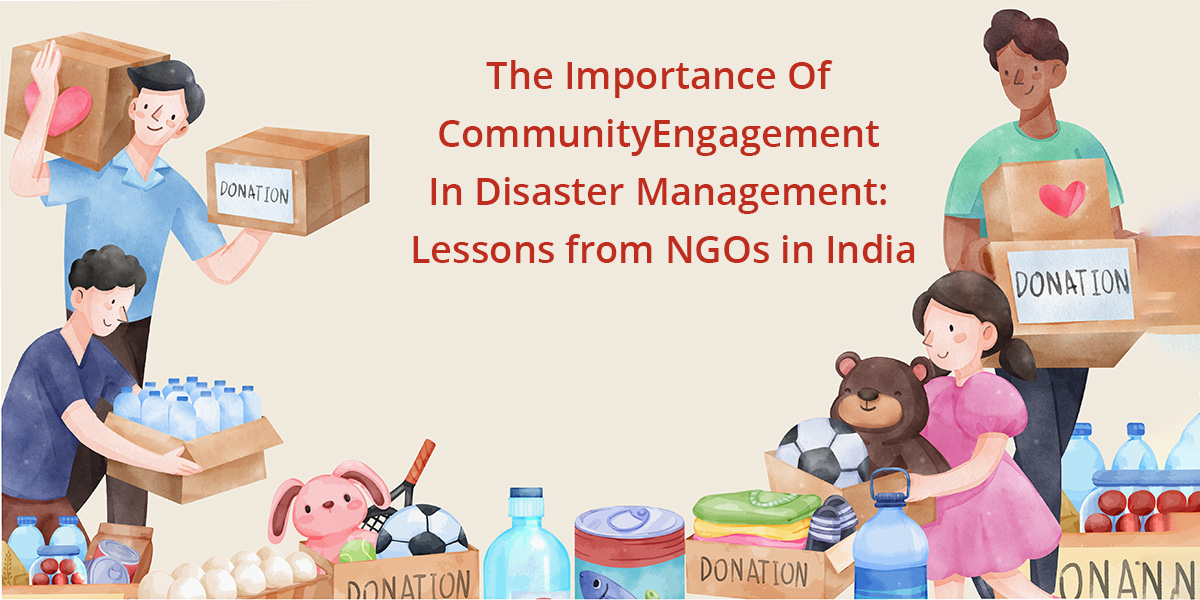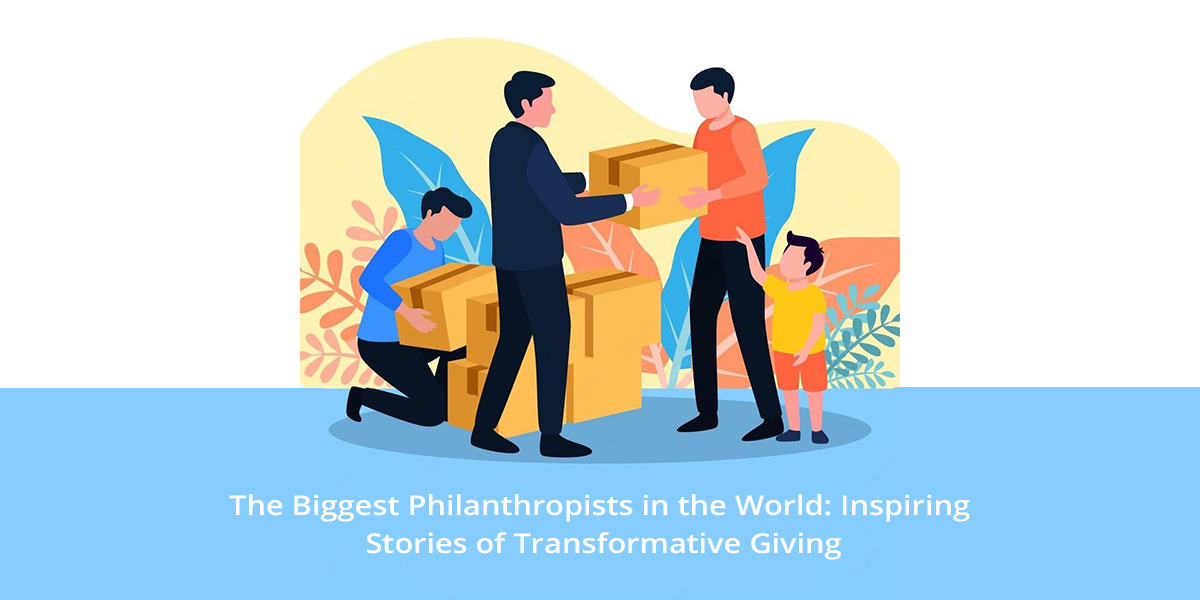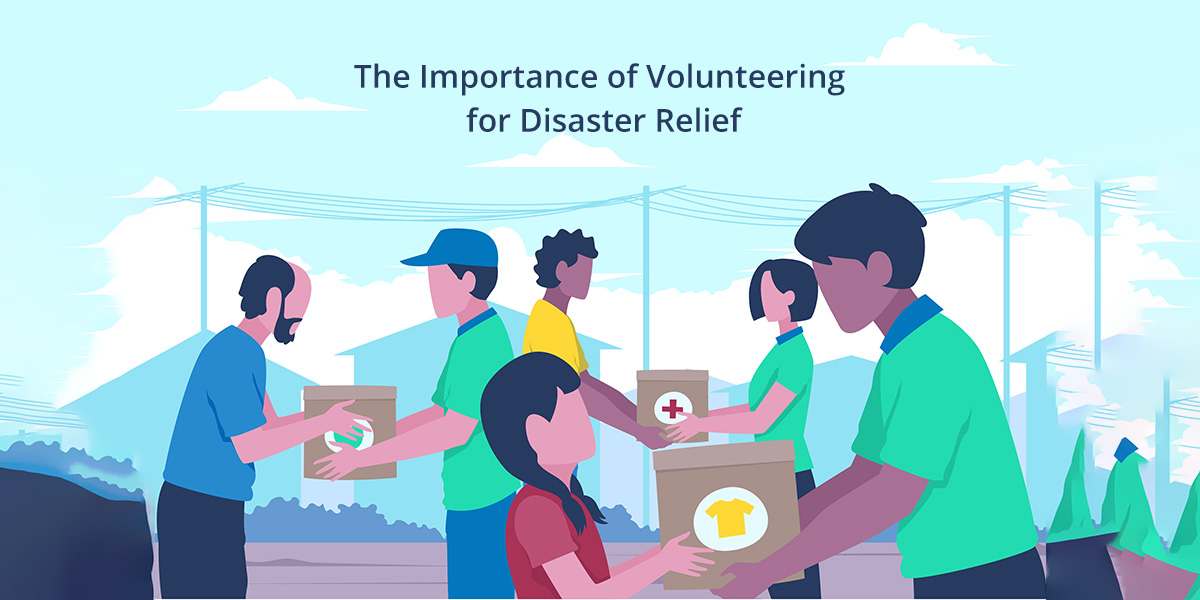Table of Contents
The Role Of Community Engagement In Disaster Management
Over the last 20 years (2002-2022), 8005 disasters were reported worldwide. The inevitability of most, if not all disasters are the number of lives it claims. India with whopping 321 events was the third highest in terms of economic losses and loss of lives (pertaining to 2021) These natural disasters have proven to be substantial and are growing rapidly on a global level. The impact of these natural disasters on the physical, mental and economical state of people worldwide has prompted examination and research of the aforementioned disasters. Communities play a dual role in disaster management where their focus is (1)Emergency Management and (2)Overall Resilience simply put, “Preparedness”.
The Benefits Of Involving Communities In Disaster Planning And Response
Communities tend to be the first responders to any disaster. It is highly essential to improve their capacities to equip them to be able to respond efficiently to disasters. The involvement of communities leads to the understanding of disasters and traditional coping mechanisms, which proves to be very effective in an emergency. Community-Based Disaster Risk Reduction is a popular and successful approach in many developed and developing countries.
The Challenges Of Community Engagement In Disaster Management
- Limited Awareness of Disaster Risks and Preparedness Measures
Countries with communities that are aware of and participate in Disaster Risk Reduction (DRR) activities incur lesser losses due to disasters. While Community Disaster Resilience (CDR) follows a community-systems model, there has been no operational definition of CDR or model demonstration of how best to apply these principles in practice in vulnerable communities. While different community empowerment programs related to disaster mitigation have achieved their objectives, they are often short-term, and issues on sustainability in these efforts are rarely addressed.
- Lack of Trust in Authorities or NGOs
Despite its significance, trust in many of the institutions necessary for effective preparedness has been declining recently. The legitimacy and significance of anticipated dangers are questioned as a result of a lack of trust in institutions and organizations, which negatively affects planning and adherence to advised activities.
- Limited Resources Or Capacity To Participate In Disaster Planning And Response
Given that disasters are unexpected, local resources are often overwhelmed, and response is facilitated by first responders which are usually communities. Most of them are very successful during the project period but gradually diminish as the years pass. The lack of effective participation and capacity building of the local communities remains a major factor in the lack of sustainability.
Best Practices For Community Engagement In Disaster Management
- Involving Communities In The Planning And Decision-Making Process
Communities, due to the lack of awareness, refrain from participating in local disaster preparedness plans. To ensure that the majority of the community members can participate in the planning and decision-making process, a meeting with the community representatives should be scheduled at a convenient time and location to access and prepare for disasters.
- Building Trust And Rapport With Communities
For society to be prepared for a health emergency, institutions must have the public’s trust. Leaders are tasked with creating the societal investments in resources and energy necessary to reduce the effects of potential health threats through empathy, accurate communication, community partnership, and effective measures.
- Providing Training And Resources For Community-Led Disaster Preparedness And Response Efforts
Disaster mitigation requires training, which ought to be planned for each community. Facilitators must be able to plan these trainings whilst taking into consideration not only the comfort and availability of the task force members, the nature of the training module but also the volume of the communities masses.
- Ensuring That The Needs And Perspectives Of Vulnerable Or Marginalized Communities Are Considered
Social vulnerability is defined in terms of the characteristics of a person or group that affect “their capacity to anticipate, cope with, resist, and recover from the impact”. A person’s vulnerability to disaster is influenced by factors like socioeconomic status, age, gender, race and ethnicity, English language proficiency, and medical issues and disability. To be able to assist these vulnerable communities within the community, facilitators must initiate conversation with marginalized communities to understand their needs and in doing so advance community engagement.
A Case Study of Mahakali River Basin, Kanchanpur. Community-Based Disaster Risk Management:
The community disaster risk management plan developed by Community Disaster Management Committees (CDMC) was reviewed to understand the context of each community in the studied area. The CDMC was able to assess and understand disasters based on their knowledge from historical experience and patterns; and were able to navigate Disaster Risk Reduction(DRR) by putting traditional coping mechanisms in place and making sure their entire community, including socially excluded groups such as Dalits, Janajatis, persons with disability, senior citizens, and single women were heard and equipped to deal with impending danger.
Conclusion
Community Engagement in Disaster management lends a huge helping hand to the Government. Covid-19 demonstrated that disasters on a large scale cannot single-handedly be dealt with by Government agencies and local administration. An integral cog in the machine of disaster management is communities. These communities are important pillars that provide help and relief to victims of disasters.
The Potential for Community Engagement is extremely vast. There isn’t an operational definition of CDR or model demonstration. Communities are usually first responders in every disaster and it is intended to actively involve at-risk populations in the identification, analysis, implementation, monitoring, and evaluation of disaster risks.






